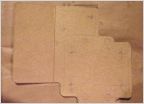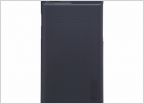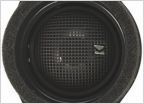-
Welcome to Tacoma World!
You are currently viewing as a guest! To get full-access, you need to register for a FREE account.
As a registered member, you’ll be able to:- Participate in all Tacoma discussion topics
- Communicate privately with other Tacoma owners from around the world
- Post your own photos in our Members Gallery
- Access all special features of the site
Bleeding Brakes
Discussion in '3rd Gen. Tacomas (2016-2023)' started by TN1000, Apr 15, 2024.


 Wiring help
Wiring help Anyone try auto Snow Socks?
Anyone try auto Snow Socks? Anyone found USB-C ports that we can add to our dash?
Anyone found USB-C ports that we can add to our dash? USB port vs. 12V DC power for charging iPhone 7 and Kindle
USB port vs. 12V DC power for charging iPhone 7 and Kindle Yet another audio update thread
Yet another audio update thread













































































